Tired of all the zoom meetings?
Let’s change the picture and use this technology for FUN. It does provide a means of connecting, although second best to actual face-to-face contact.
Changing the picture might have various landscapes:
Family Zooms can be informal or semi-formal:
- a weekly zoom is helpful to just visit with close siblings or others.
- a semi-formal monthly family zoom may suit others. I have numerous first and second cousins on my Dad’s Mennonite side of my family and we have a family zoom as the spirit seems to move 3 of us to initiate. This June, we will be inviting up to 84 cousins and second cousins to take part. If it turns out to be a large group, we will use chat rooms in which each person will be invited to introduce him/her self in terms of who their parents were and what is one gift or legacy that was left by our parents. Then we will come back to the large group and ask for a few to share how that experience was for them. We have found that storytelling has been a great way of connecting with each other.
Faith sharing groups: this would involve a group that regularly meets (weekly) and it is customary that each person takes her turn in preparing a brief reflection for the group which is sent to the group a day or two ahead of time. Screen sharing can be used if requested by the person presenting for that week. The group, by coming together weekly, to share in a respectful way of just listening to each other, develops a close bond.
Nurturing relationships groups: I have the privilege and opportunity to engage with a group that we have named “the Monthly Musers” which consists of 6 settler women and 4 Indigenous women all of whom have been co-facilitators of the Kairos Blanket Exercise. At first, we met monthly and “checked in”. It does get to a point, though, when “checking in” is not enough, so we do a brief checking in, followed by a Land acknowledgment, some brief input ( a 20-minute YouTube or video on some aspect of the TRC). Then one of the Indigenous women leads us in an Indigenous style sharing Circle. Our experience of these “Monthly Musings” together has proved to be very meaningful in getting to know each other and appreciate the struggles we all have, telling the TRUTH of our respective past histories, and working together towards restoring harmonious relationships with each other as settlers and Indigenous women.
Formal Teaching and Sharing Circles provided by Kairos:
Register Today – June is National Indigenous History Month
This National Indigenous History month you can help to build bridges of reconciliation! Register today for a KBE Teaching & Sharing Circle – Indigenous-led, interactive online sessions that help to foster ‘right relations’ between Indigenous and non-Indigenous people through truth, sharing, and open dialogue. The Summer sessions are now open for registration ($25) at: https://www.kairosblanketexercise.org/event/
Tuesday, June 1 (7-9 pm ET) -- The Impacts of Residential Schools
Tuesday, June 15 (7-9 pm ET) -- Métis Teachings
Monday, June 21 (7-9 pm ET) -- We are All Treaty People (*National Indigenous History Day)
Tuesday, June 29 (7-9 pm ET) -- Social Injustice in the Courts
Prerequisites:
a desire to connect
a Zoom account to invite participants (40 minutes is free); with ONE other person the time is unlimited
ability to share screen is helpful
the incentive to ask for help if needed.
Happy Zooming for fun! It is well worth it.
Submitted by: Sister Kathleen Lichti, CSJ









![ “Beams of Love” © Mary Southard, CSJ, www.marysouthardart.org [i]](https://images.squarespace-cdn.com/content/v1/5d9b9ee477e12405f07e497d/1615395548879-YF24VHCHSJBBBUJF7V82/Little+Design+Communities+1.jpg)

![Copy of The Eucharistic Letter Archives of the Motherhouse of the Sisters of St. Joseph, Lyon, France. [i]](https://images.squarespace-cdn.com/content/v1/5d9b9ee477e12405f07e497d/1615395810772-5LCML31UZXBAOHX2P2ND/Little+Design+Communities+3.png)

